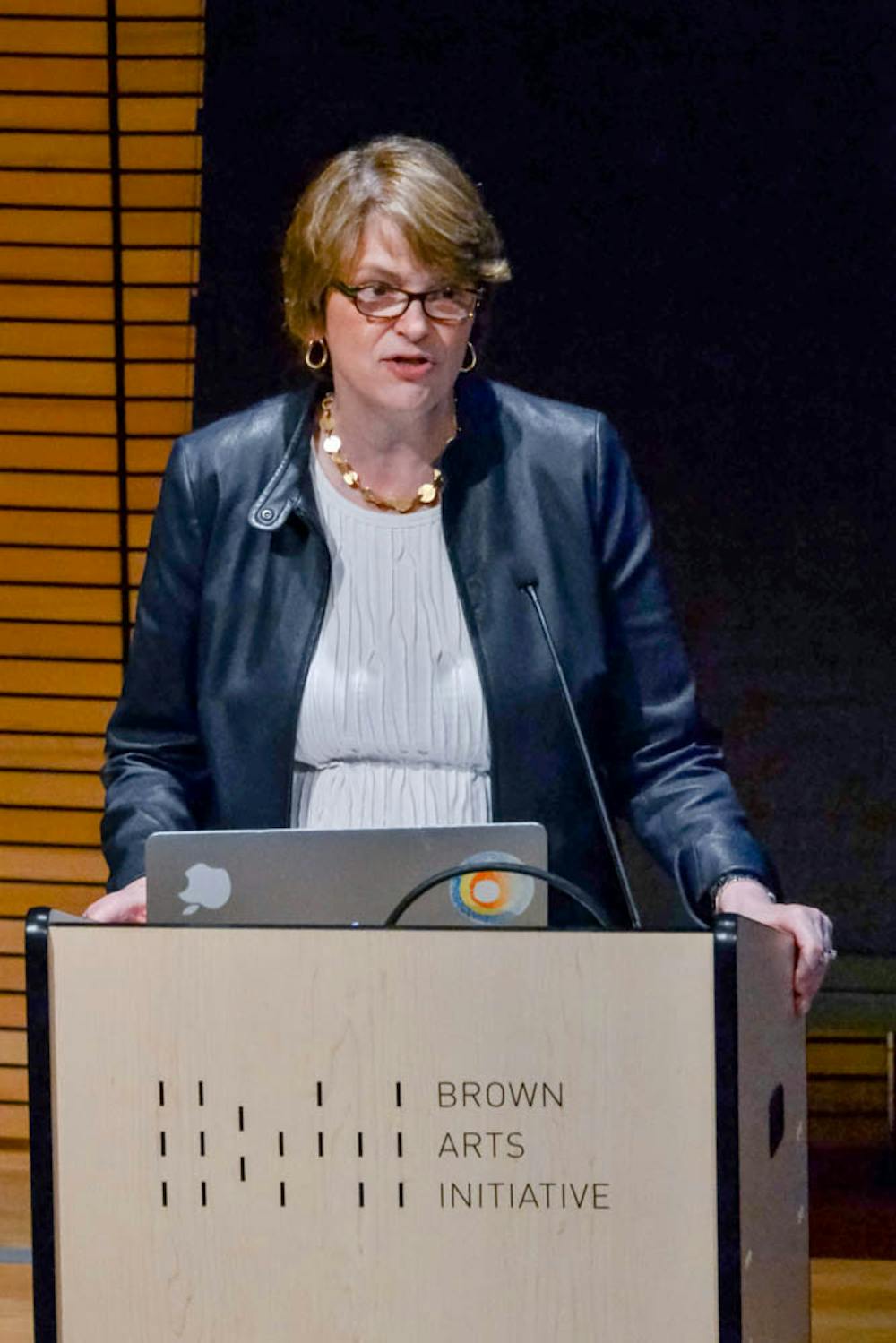Six successful female scientists delivered a series of public lectures on their work in various fields at Thursday’s day-long event “Inspiring Women in Science 2017,” which explored research ranging from plate tectonics to polar ice mechanics.
Associate Professor of Cognitive, Linguistic and Psychological Sciences Dima Amso, who created and helped plan the event, said her goal was “to provide standing, diverse women role models” for students considering entering a scientific field.
While previous symposia on campus have aimed to encourage diversity in the sciences, few have featured the breadth displayed by this event, said Diane Lipscombe, professor of neuroscience, director of the Brown Institute For Brain Science and member of the planning committee. The speakers were encouraged to focus on their work, though many chose to also address the challenges women in science often face, Amso said. The event was primarily meant to be a “celebration” of successful female scientists, she added.
President Christina Paxson P’19 gave remarks in the middle of the day, saying that progress has been made for equity in the sciences “in part because we have occasions like this.”
Amso and Lipscombe worked to organize the event with Vice President for Academic Development, Diversity and Inclusion Liza Cariaga-Lo, Adjunct Assistant Professor of Applied Mathematics Gelonia Dent and Professor of Cognitive, Linguistic and Psychological Sciences Sheila Blumstein.
The five planners identified a “wonderful crew of women who have made tremendous contributions to their field” and invited them to speak, Blumstein said, adding that they received an enthusiastic response from the invitees.
Carol Espy-Wilson, professor of electrical and computer engineering at the University of Maryland, presented her work on computer voice recognition. Using a phonetic framework to categorize speech into a combination of vocal gestures, Espy-Wilson and her colleagues improved the accuracy of computer voice recognition programs. These advances could help tailor voice recognition for people who speak with accents, Espy-Wilson said.
In her afternoon talk titled “A broader vision of vision,” Marlene Behrmann, professor of psychology at Carnegie Mellon University, described her research on how the brain processes visual information about faces. Using complex analysis of subjects’ brain activity, Behrmann and her team were able to approximately reconstruct an image of a face that test subjects were shown during a brain scan.
Behrmann also spoke about obstacles for women in science. Women are represented in peer review panels for scientific journals at about half the rate they are represented in their respective fields, Behrmann said, adding that while it is “a glorious time to be doing science, … it could be even more glorious.” Even in fields where women are represented equally at the undergraduate level, there is still a smaller proportion of women in higher levels of academia, Amso said. One way to respond to the problem of under-representation is to showcase the contributions that female scientists have already made, she added.
“Yes, things are better for women in science, but perhaps equally important, things are better in science because of women,” Paxson said.





